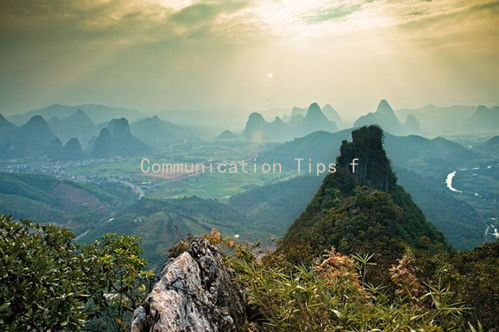The Art of Connection: Adapting Your Relationship Approaches to Mood Fluctuations
In the intricate dance of relationships, understanding the emotional landscape of both yourself and your partner is crucial. The ebb and flow of moods can significantly influence interactions, making it essential to adapt your approaches to foster connection and intimacy. Here, we explore the art of connection by tailoring your relationship techniques to accommodate these emotional fluctuations.
First and foremost, effective communication stands as the cornerstone of healthy interactions. However, the tone and approach you take can differ vastly depending on your partner’s emotional state. When your partner is upbeat and engaged, discussions about future plans, shared dreams, and playful banter can deepen your bond. Here, openness and light-heartedness thrive, allowing both partners to express their aspirations freely.
Conversely, when your partner is experiencing a low mood, sensitivity becomes paramount. In these moments, it’s crucial to prioritize empathy over problem-solving. While you may feel inclined to cheer them up or suggest solutions, sometimes the best approach is simply to listen. Phrases like, “I’m here for you,” or “It’s okay to feel this way,” validate their emotions and encourage a safe space for them to express their feelings without judgment.
Additionally, being attentive to non-verbal cues can greatly enhance your connection. During periods of emotional volatility, body language often speaks volumes. Notice whether your partner prefers physical touch or distance. A gentle touch, a reassuring hug, or simply sitting beside them can provide a sense of security and comfort. On the flip side, if they seem withdrawn, giving them space while letting them know you’re available may be the most supportive approach.
Adaptability is not just important for responding to your partner; it also extends to your self-awareness. Recognizing your own mood fluctuations and understanding how they impact your interactions is vital. If you find yourself feeling irritable or overwhelmed, it might be wise to take a step back before engaging in deeper conversations. Practicing self-care, whether through meditation, exercise, or engaging in a hobby, can help stabilize your mood and allow you to approach your partner from a place of calm and understanding.

Another crucial aspect is flexibility in your expectations. Relationships thrive on shared experiences, but it’s essential to remember that not every moment will be groundbreaking. Some days, a simple movie night on the couch can be more meaningful than an extravagant outing. By adjusting your expectations, you can appreciate the quieter moments that contribute to a strong, enduring bond.
Moreover, introducing rituals into your relationship can provide stability during turbulent emotional episodes. Establishing regular check-ins or “mood moments” can create an environment where both partners feel comfortable sharing their feelings openly. This practice not only helps in understanding each other better but also strengthens the bond of trust and emotional intimacy.
Lastly, don’t underestimate the power of humor in navigating mood fluctuations. Light-hearted jokes, funny memories, or playful teasing can diffuse tension and lift spirits. Laughter activates the brains reward system, fostering a sense of connection and positivity. Just be mindful to read your partner’s mood accurately; humor is best employed when it aligns with their emotional state.
In conclusion, mastering the art of connection in relationships requires a sensitive and adaptable approach to the highs and lows of each partner’s mood. By prioritizing communication, being attuned to non-verbal cues, practicing self-awareness, and embracing flexibility, couples can create an enriching environment for emotional growth and lasting intimacy. Remember, every relationship is unique, and navigating these emotional fluctuations with patience and love results in a deeper, more resilient connection.





